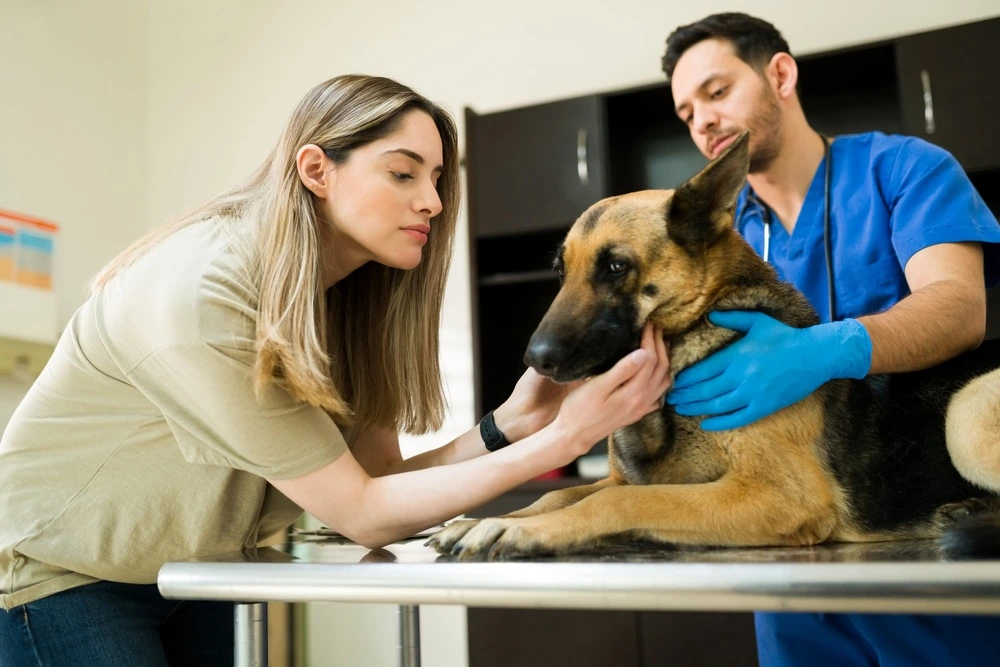The intersection of ethical considerations in euthanasia for pets and the role of photographers in capturing memorials presents a profound challenge and opportunity. As pet owners confront the heart-wrenching decision to say goodbye, photographers must navigate the delicate balance between honoring the pet’s legacy and respecting the emotional vulnerability of grieving families. This necessitates a thoughtful approach to imagery that not only preserves memories but also fosters an environment conducive to healing. What strategies can photographers employ to guarantee their work resonates with compassion and authenticity during such a sensitive time?
Key Takeaways
- Photographers should prioritize capturing the essence of the pet, focusing on warmth and cherished moments to honor their memory.
- Ethical considerations include respecting the emotional weight of the euthanasia experience and portraying the bond between the owner and pet sensitively.
- Creating a safe and compassionate environment allows grieving owners to express their feelings openly, fostering healing through the photographic process.
- Photographers can assist in memorialization by incorporating meaningful items, such as toys or resting spots, to celebrate the pet’s life and love.
- Ongoing support for grieving pet owners extends beyond photography, providing resources for grief counseling and memorial services to aid in their healing journey.
Understanding Pet Euthanasia
Understanding pet euthanasia is a deeply emotional and complex topic that many pet owners face at some point in their lives. The decision to evaluate euthanasia often arises when a pet suffers from terminal illness, severe injury, or a significant decline in quality of life. This process is not merely a medical procedure; it encompasses a myriad of feelings, including grief, guilt, and deep sadness.
Pet owners must confront the reality of their pet’s suffering, often leading to a profound internal conflict about what constitutes a humane choice. In these challenging moments, the bond between owner and pet is highlighted, reminding us of the love and companionship shared. Support systems, whether through friends, family, or veterinary professionals, can provide valuable perspectives and comfort.
Moreover, understanding the logistics surrounding euthanasia—such as the procedure, the environment in which it occurs, and the options for memorializing a beloved pet—can help ease the decision-making process. Ultimately, traversing the path of pet euthanasia is about honoring the pet’s life while recognizing the emotional weight of the choices made. This journey, while painful, is an indication of the love shared between pets and their owners.

Ethical Considerations in Euthanasia
The decision to contemplate pet euthanasia is often fraught with ethical dilemmas that challenge the core of human-animal relationships. This profound choice pivots on several factors, including the animal’s quality of life, suffering, and the emotional burden on the pet owner. Ethical considerations in euthanasia for pets compel us to weigh the compassionate act of alleviating pain against the emotional distress of losing a beloved companion.
Veterinary professionals play an essential role in guiding pet owners through this process, offering insights that help clarify the animal’s medical condition and prognosis. Engaging in open discussions about suffering, dignity, and the implications of each choice fosters a sense of shared responsibility and belonging. Additionally, the timing of euthanasia can greatly impact the grieving process; delaying may prolong suffering, while an early decision could bring premature loss.
Ultimately, the ethics surrounding euthanasia necessitate a balance between compassion for the pet’s suffering and the emotional ramifications for the owner. By approaching this sensitive topic with care and understanding, we can navigate the complex landscape of pet euthanasia while honoring the deep bonds we share with our animal companions.
The Role of Photographers
In the delicate aftermath of pet euthanasia, photographers play an essential role in capturing the essence of the bond shared between pets and their owners. This responsibility carries with it considerable ethical considerations in euthanasia for pets. Photographers must navigate the emotional landscape of grief while providing a service that honors the memory of beloved companions. Their work not only memorializes the pet but also serves as a therapeutic outlet for grieving owners.
The role of photographers extends beyond mere documentation; they become facilitators of remembrance. By creating a safe space for expressions of sorrow and love, they allow pet owners to reflect on their cherished moments. This requires a deep understanding of the emotional dynamics at play, as the photographer must be attuned to the feelings of clients experiencing profound loss.
Moreover, their artistry offers a tangible way for owners to celebrate the life of their pet, transforming sorrow into lasting memories. Photographers who approach this task with compassion and sensitivity can greatly impact the healing process, ensuring that the bond between pets and their owners is honored in a dignified and respectful manner.
Capturing Memories Compassionately
Capturing the profound bond between pets and their owners necessitates a compassionate approach, particularly in the context of memorializing a beloved animal after euthanasia. Photographers must recognize the emotional landscape that surrounds this sensitive moment, as they carry the responsibility of portraying not just an image but also the depth of the relationship shared between the pet and its owner.
To achieve this, photographers should focus on the elements that evoke warmth and connection—such as the pet’s favorite resting spots, cherished toys, or the loving gaze of their owner. These details help to narrate the story of a life well-lived and create a visual representation of love and loss. Ethical considerations in euthanasia for pets play a pivotal role in guiding this process; understanding the emotional weight of the subject matter allows photographers to approach each session with the utmost care and respect.
Moreover, it is essential to foster an environment where pet owners feel safe to express their grief. This compassionate approach not only honors the memory of the pet but also reinforces the bond among those who share the journey of loss, ultimately celebrating the life and love that transcends the pain of farewell.
Supporting Grieving Pet Owners
Steering through the tumultuous waters of grief following the loss of a pet can be an overwhelming experience for many owners. The bond shared with a pet is often profound, making the process of mourning complex and deeply personal. Supporting grieving pet owners necessitates a multifaceted approach that acknowledges their unique emotional landscape.
First and foremost, providing a safe space for open expression of feelings is essential. Encouraging owners to share memories and emotions can foster a sense of belonging and validation in their grief. Additionally, practical support, such as offering resources for grief counseling or pet memorial services, can help owners navigate this challenging time.
Photographers who specialize in pet memorials can play an important role in this support system. By capturing the essence of a beloved pet, they create lasting tributes that honor the relationship shared. This act not only aids in the healing process but also serves as a tangible reminder of the bond, allowing owners to reflect on their cherished memories.
Ultimately, ethical considerations in euthanasia for pets extend beyond the act itself, encompassing the ongoing support of grieving owners as they seek to heal and find solace in their loss.
Frequently Asked Questions
What Legal Regulations Exist for Pet Euthanasia Photography?
Legal regulations surrounding pet euthanasia photography vary by jurisdiction, often focusing on consent and the emotional wellbeing of pet owners. Photographers must navigate these laws sensitively to guarantee respectful and ethical representations of this profound experience.
How Can I Prepare My Pet for a Memorial Shoot?
To prepare your pet for a memorial shoot, make certain they are comfortable and relaxed. Familiarize them with the environment, use their favorite toys, and maintain a calm demeanor to foster a peaceful atmosphere during the session.
Are There Specific Poses That Work Best for Pet Memorials?
When capturing pet memorials, poses that evoke connection and comfort—such as the pet in a favorite resting spot or engaged in a beloved activity—often resonate deeply, offering solace and honoring the cherished bond shared.
How Do I Choose the Right Photographer for Pet Memorials?
Selecting the right photographer for pet memorials requires evaluating their portfolio, understanding their approach to sensitive topics, and ensuring they demonstrate compassion. Engaging in open communication about your vision will facilitate a meaningful collaboration during this emotional time.
Can I Use Digital Editing to Enhance Pet Memorial Photos?
Digital editing can enhance pet memorial photos, allowing for a more emotionally resonant representation. However, it’s essential to maintain authenticity, ensuring the final images reflect the pet’s personality while honoring the ethical considerations in euthanasia for pets.
Conclusion
To summarize, the intersection of pet euthanasia and photography necessitates a profound understanding of ethical considerations and emotional sensitivity. Photographers possess the unique ability to honor the bond shared between pets and their owners through thoughtful imagery that captures cherished memories. By fostering a compassionate environment, photographers can facilitate healing for grieving families, transforming their sorrow into a celebration of the love and joy that pets bring into lives. Such an approach underscores the importance of empathy in the creative process.
Also Read: Exploring the Benefits of Photography in Coping With Sobriety Challenges



